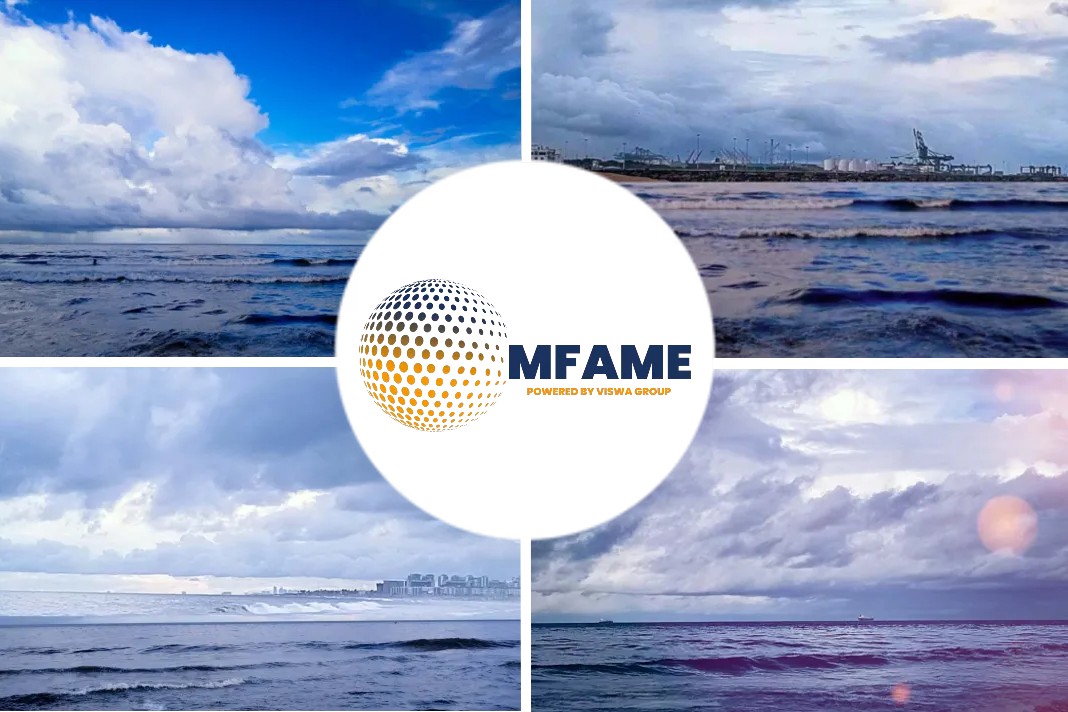The first of the new Valemax very large ore carriers (VLOCs) loaded 400,000t of iron ore at the Brazilian port of Tubarao this week — spelling possible doom for Capesize shipowners. The vessel, which at over 300metres long is bigger than most skyscrapers, is part of Brazilian iron ore producer Vale’s plan to shift nearly all of its output away from the spot freight market.
A total of 36 of these behemoth 400,000 deadweight tonne (dwt) Valemaxes are already on the market, carrying 1.6mn tonnes each every year between Brazil and either China, Oman or Malaysia — from where it is shipped on to China.
These are to be joined, over the next 2-3 years, by 30 more 400,000dwt vessels and a further 39 smaller 325,000dwt vessels. There are 11 further 325,000dwt ships that have not been confirmed, of which four are reportedly options that shipowners may not exercise, according to broker Howe Robinson.
This could mean as many as 80 new Valemaxes entering the market by 2021 — of which the initial 30 will be delivered by the end of 2019 — and all under 25-year supply contracts to Vale, which intends to make its spot market Capesize requirements negligible.
The Brazil to China market has always been the lifeblood of the Capesize spot market for shipowners. It is dominated by Vale and is the most profitable route in the entire market by a substantial margin. It removes ships from the spot market for at least three months — compared with just one month for a west Australia to China voyage — and more importantly it draws vessels away from the Pacific basin, creating a more even distribution of available tonnage.
But what benefits does shipowners serves to make Vale’s iron ore less competitive in its most important market — China. Capesize ships only carry 150,000-180,000t and even the newer larger vessels carry only around 200,000t. Rates on the route have averaged $8/t more expensive in the past four years than a journey between west Australia (where other iron producers are based) and China and can range between $28/t and $5.25/t. Vale hopes to mitigate these costs and the inherent uncertainty of the spot market with its new Valemax ships and create a stable and low cost of freight that will allow it to compete with the Australia-based iron ore producers.
Without an active front-haul market, the Capesize market will probably have a persistent surplus of available tonnage. Vessels previously occupied for 3-month voyages will instead flood the west coast of Australia seeking cargoes and drive rates down there as well. Anglo American and CSN will continue to require Brazilian ships but the spot volumes will be a fraction of Vale’s.
And with 73pc of the total dry bulk fleet younger than nine years, scrapping will struggle to shrink the fleet enough to drive rates back to the peaks seen in previous years.
Tanker converts
One factor that will help mitigate the rush of new Valemaxes is the scrapping of the old VLCC tankers that were converted into VLOCs. The supply contracts will expire in 2018 and 2019 at which point the ships will probably be disposed of.
There are around 47 of these vessels since the sinking of the Stellar Daisy and the scrapping of the Stellar Cosmo and Stellar Unicorn and each carries about 1mn t of ore a year. The 30 400,000dwt Valemaxes on order could be considered a straight swap for the old tanker converts while the 39 325,000dwt ships are probably earmarked for the output from Vale’s new S11D mine — which has a capacity of 90mn t/yr.
The initial 39 ships could carry around 56.8mn t/yr of iron ore, assuming four trips a year carrying 300,000t each time. The remaining 11 possible ships would bring the total to 60mn t/yr — almost the full production of the mine. S11D may not produce at full capacity, but if it does then the final 30mn t/yr would probably be carried on the current Valemax fleet as production from other mines winds down or on Capesize ships that Vale hires on long-term charters.
Profits for shipowners?
One factor on which both shipowners and Vale has remained tight lipped, was the actual returns for shipowners would be for these new ships.
The new vessels are built and owned by a variety of shipowners — Cosco, China Merchants, ICBC, UMing etc. — but are under 25 year supply contracts to Vale. But rumours have said that these contracts are based on small 2-3pc margins, which may not create profits for the shipowners in the long run.
Details on the intricacies of the deals are unclear, but some participants have warned that only a small change in the market conditions over the next 25 years — such as more stringent sulphur restrictions — could quickly turn these vessels into loss-making assets.
But regardless of this, Vale’s new strategy will make it more competitive in the key market of China. Recent environmental and emission regulations in China have spurred demand for iron ore with a higher Fe content, which has encouraged steelmakers to purchase Vale’s 65pc Fe material over the Australian 62pc Fe ore.
Did you subscribe for our daily newsletter?
It’s Free! Click here to Subscribe!
Source: Argus Media


















